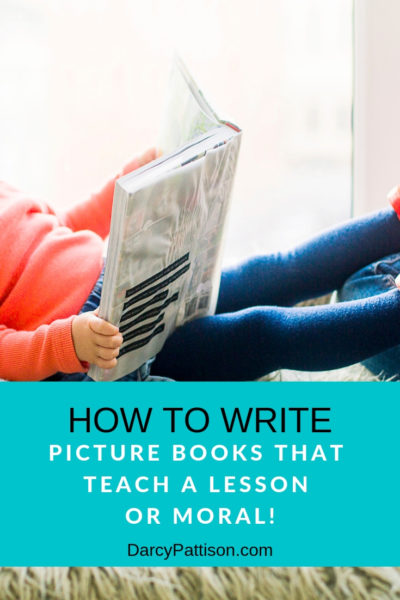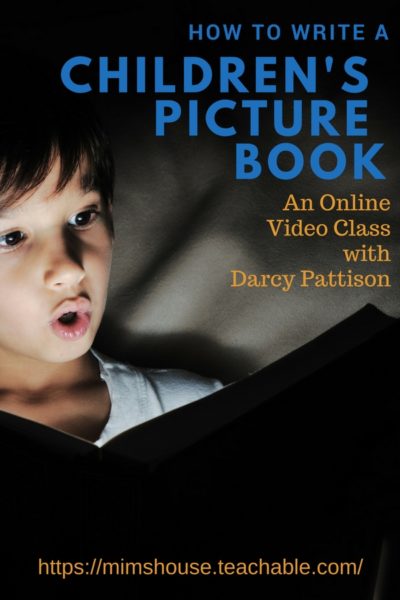Fiction for children, especially younger children, comes in the form of picture books. This series of 30 posts explains how to write and edit the basic picture book, and goes on to discuss specific types of picture books.
Messages, Morals, Lessons
In a recent comment, MR asked, “It seems there are many picture books with “messages,” such as Cowboy Camp by Tammi Sauer, Edwina the Dinosaur by Mo Willems, and even Sylvester and the Magic Pebble. And I’ve heard over and over that a writer shouldn’t hit the reader over the head with a moral or message, so I’m wondering if there is an objective way of measuring didacticism in an PB manuscript.
- If we could rewrite Sylvester and the Magic Pebble as too didactic, how would it read?
- Are there any questions writers can ask themselves to ensure they aren’t hitting the reader over the head?
- How do you show the main character’s growth in the story without making the mc’s lesson a blatant lesson for all who read the book?
- Where is the line?”
It’s a hard question.
We want stories that kids want to read over and over.
We don’t want stories that adults think the kids need read over and over to them.
What’s the Takeaway
For me, it helps to change the question from, “What’s the lesson?” to “What’s the takeaway?”
After a picture book is read and done, what does the reader/listener take away from this story? That could be a moral or lesson, but it could be just a comforting feeling that it’s safe to go to bed because there are no monsters under the bed. This implies that lighter touch.
WRITING A STORY WITH A MESSAGE, MORAL OR LESSON
But what if you want to write a picture book to teach kids a lesson? You want them to share toys, or be kind to an elderly neighbor. First, consider if the picture book is the right medium. Would this be better as a Bible study lesson, or as a curriculum lesson?
If you’re sure that the picture book is the right medium, then:
- Picture Book Characters. Start with character, not the lesson. Start with a character who passionately wants something that s/he can’t have, or fears something they must face. The struggles of a character — even a picture book character — is something that readers are willing to follow.
- Picture Book Language and Voice. Next, make sure the language, the voice of the story sings. Use every skill you know to build in great rhythm, evocative language, read-aloud qualities, etc. Build the plot carefully, page turn by page turn, keeping the tension high enough that it keeps the reader turning pages.
- Show, don’t tell. Unless you’re Aesop, don’t feel compelled to actually state the moral or lesson. Sometimes the strongest insights from reading come when the reader has the epiphany, even though it’s not stated explicitly in the text.
SMART MARKETING FOR YOUR PICTURE BOOK
A last idea is to market smart. Some publishers are more likely to take a message-driven picture book than others. Most trade publishers (those which sell mostly to book stores) will shy away from this, but look to educational publishers, religious publishers and niche publishers.
For example, Albert Whitman publishes what they call “concept books,” which to them means stories about special needs children: diabetes, autism, dealing with death, deafness, etc. Almost by the nature of these books, they tend to be message-driven.
If you feel strongly that your picture book needs a certain moral, message or lesson, fine. Just strengthen every other aspect of the story, including character and voice. Then, market smart.
ACTION POINTS
Morals. Think about this issue and discuss it on the forum: should every children’s book teach a moral? Are books for teaching or entertainment? Does it depend on the story or the market? There’s no right or wrong answer, but your opinion -let’s discuss this.
Search for examples. Search for examples of picture books which effectively teach a moral. Does the book also entertain? Search for one that entertains. Does it also teach a moral?


2 thoughts on “0”
Comments are closed.